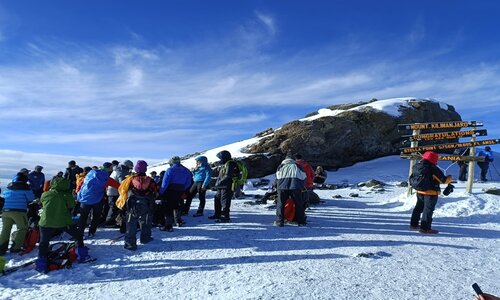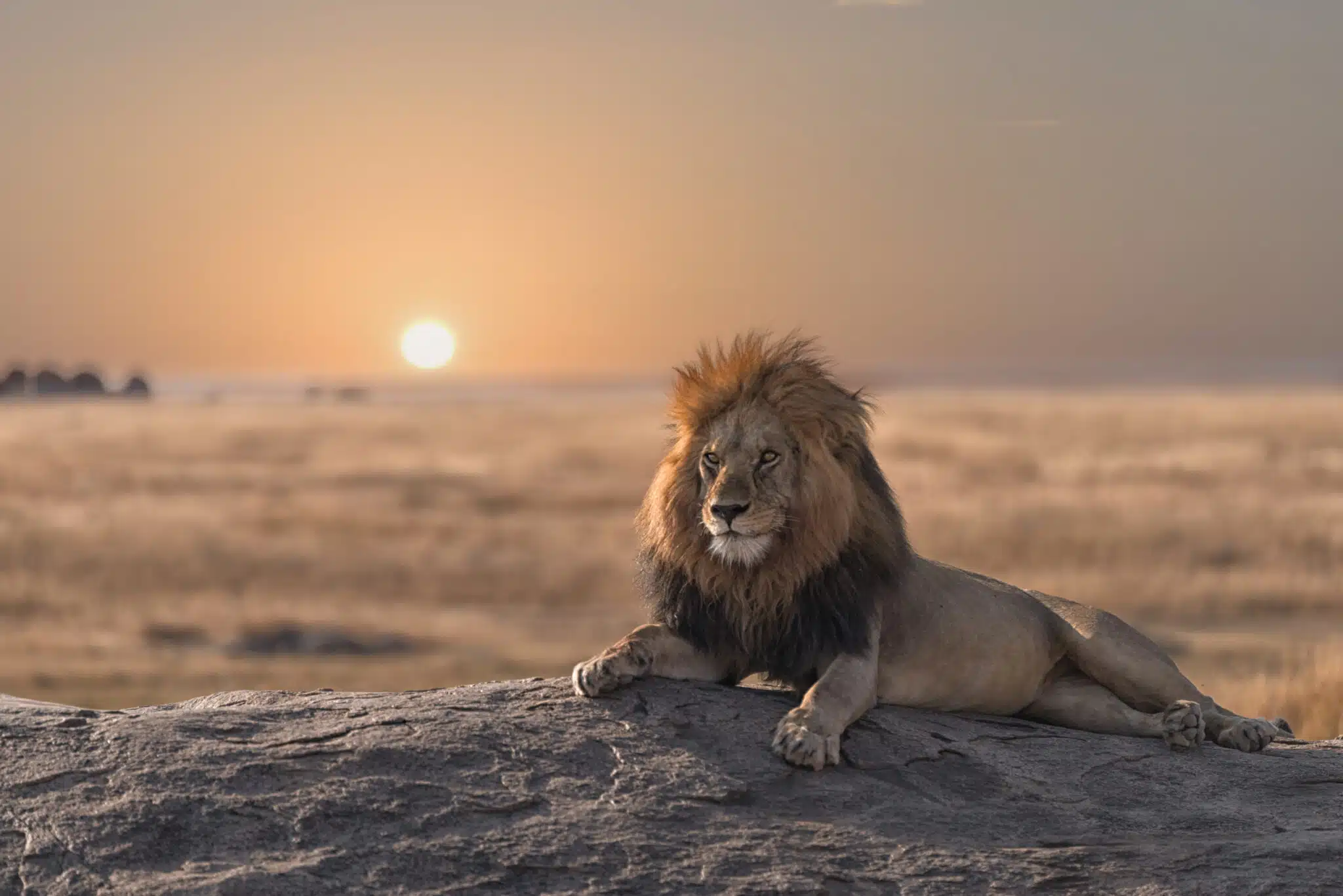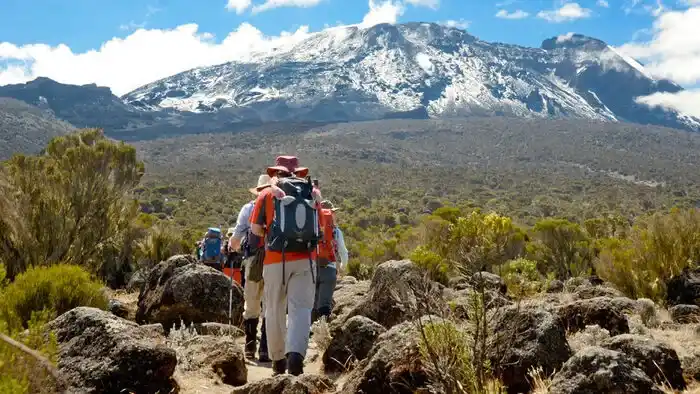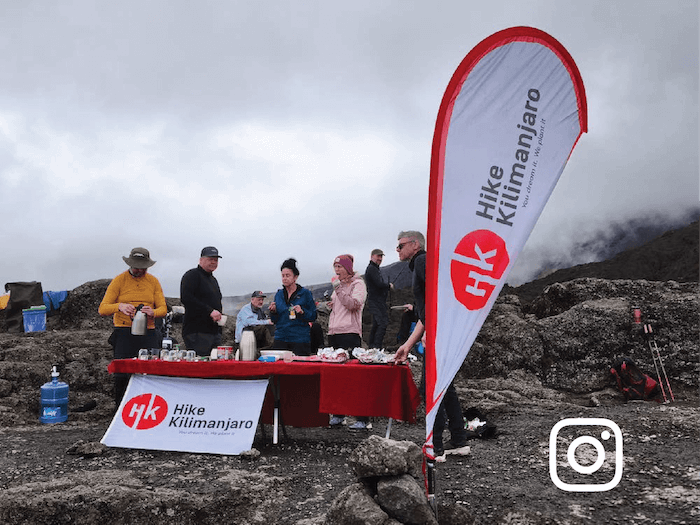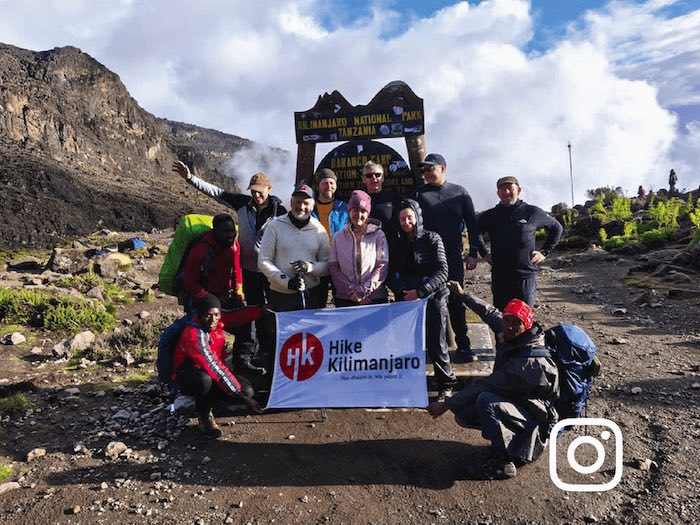The History of Mount Kilimanjaro – Africa’s Most Iconic Peak
Discover the incredible history of Mount Kilimanjaro from ancient legends to its first ascent. Learn why this African giant continues to captivate adventurers today.

Introduction: Kilimanjaro – More Than Just a Mountain
Mount Kilimanjaro, the tallest mountain in Africa and the world’s highest free-standing volcano, has a story as grand as its summit. Rising 5,895 meters (19,341 feet) above sea level, this snow-capped peak in northern Tanzania has inspired myths, scientific exploration, colonial ambitions, and modern-day adventurers for centuries. At Hike Kilimanjaro, we believe that understanding the mountain’s history deepens the experience of trekking to its peak.
Ancient Reverence: The Mountain in Local Lore
Long before European explorers set eyes on Kilimanjaro, it held deep cultural and spiritual meaning for the local Chagga and Maasai communities. They called it the “Mountain of Greatness” or “Mountain of Caravans,” referring to its grandeur and its significance as a landmark for trade and migration.
The Chagga believed the summit was home to powerful spirits and feared the icy cap, which they thought was a divine punishment or realm of gods. Even today, the mountain retains spiritual significance, and many local porters and guides approach it with great reverence.
European Discovery and Exploration
The first recorded mention of Kilimanjaro by outsiders came from Arab traders in the 11th century. However, it wasn’t until 1848 that two German missionaries, Johannes Rebmann and Johann Krapf, published reports describing the snow-covered peak near the equator, claims that were initially met with disbelief by the European scientific community.
Despite scepticism, Kilimanjaro’s existence as a glaciated equatorial mountain was soon confirmed, sparking curiosity and eventual exploration.
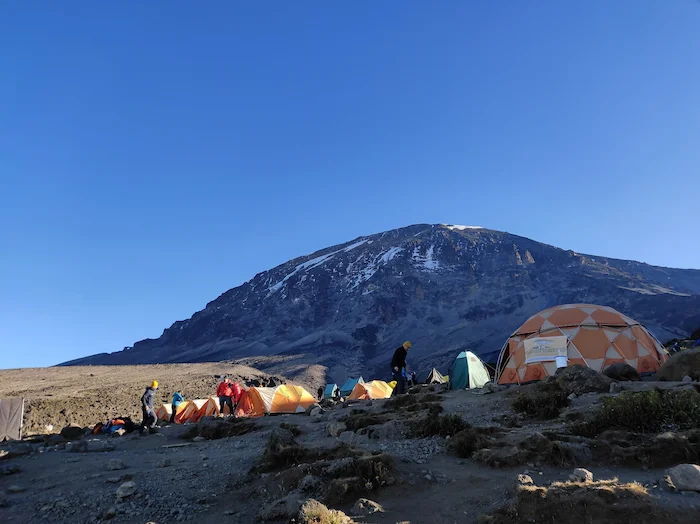
The First Successful Ascent (1889)
Mount Kilimanjaro was first successfully summited in 1889 by Hans Meyer, a German geographer, and Ludwig Purtscheller, an Austrian mountaineer. Guided by a local Chagga man named Yohani Kinyala Lauwo, they reached the highest point, now known as Uhuru Peak, after several failed attempts in previous years.
This pioneering expedition opened the mountain to global attention and set the stage for what is now one of the most popular trekking adventures in the world
Colonial and Political Significance
During the colonial era, Kilimanjaro became a symbol of European imperial ambitions. In 1885, the mountain fell under German East Africa (modern-day Tanzania). Later, after World War I, it became a British territory.
A famous legend claims that Kaiser Wilhelm II gifted Kilimanjaro to his cousin Queen Victoria as a birthday present. Though more myth than fact, it reflects how Kilimanjaro became a symbol of power and prestige between empires.
Becoming a National Park and UNESCO World Heritage Site
In 1973, Mount Kilimanjaro and its surrounding forests were designated as Kilimanjaro National Park. This crucial step helped preserve the mountain’s fragile ecosystems and promote eco-tourism.
In 1987, UNESCO declared it a World Heritage Site, recognizing its global ecological and cultural significance.
Climate Change and the Disappearing Glaciers
One of the most striking changes in Kilimanjaro’s recent history is the rapid retreat of its glaciers. Since 1912, over 80% of the mountain’s ice cap has vanished due to climate change, raising concerns among scientists, trekkers, and conservationists alike.
Efforts to protect the mountain’s unique environment continue, and sustainable trekking practices like those promoted by Hike Kilimanjaro play an important role in preservation.
Modern-Day Significance and Inspiration
Today, Mount Kilimanjaro attracts over 30,000 trekkers each year from all over the world. It has become a beacon for charitable climbs, personal transformation journeys, and once-in-a-lifetime adventures.
From young children to the oldest climbers in the world, people of all backgrounds ascend its slopes, drawn by its beauty, challenge, and history.
Why the History of Kilimanjaro Matters to Your Climb
Knowing the history of Mount Kilimanjaro makes your journey more meaningful. You’re not just walking a trail, you’re following in the footsteps of indigenous legends, fearless explorers, and thousands of dreamers who stood where you’ll stand at Uhuru Peak.
At Hike Kilimanjaro, we offer not only guided treks but also deep cultural immersion, historical insights, and unmatched support to help you conquer the mountain with purpose.
Ready to Be Part of Kilimanjaro’s History?
Book your Kilimanjaro trek with Hike Kilimanjaro today and walk the path of legends.
📧 info@hike-kilimanjaro.com
🌐 www.hike-kilimanjaro.com
📱 WhatsApp: +255 692 406 444
Share Your Article:
Make your dream trip come true with Hike Kilimanjaro .

5/5
Based on 100+ reviews

4.9
Based on 60+ reviews
Customized Travel Proposal
At Hike Kilimanjaro, you can tailor your trip to your preferences. Our sample itineraries are customizable, and our specialists work with you to create your dream trip!
Related posts
These full and frank reviews are from travelers who have traveled with Hike Kilimanjaro previously. The reviews and experiences shown here are from reputable travel websites like TripAdvisor, Google, Facebook, and Trust Pilot, etc.
EXCELLENTVerified "This 3-day luxury safari combined with a Kilimanjaro hike exceeded all my expectations. "This 3-day luxury safari combined with a Kilimanjaro hike exceeded all my expectations. The accommodations were elegant and comfortable, and the guides were knowledgeable and friendly. The safari offered incredible wildlife photography opportunities, and climbing Kilimanjaro was a true test of endurance and strength, but the stunning vistas made it all worthwhile. An exceptional journey that I will cherish forever."Posted onVerified "My entire expectations were surpassed by climbing Kilimanjaro. "My entire expectations were surpassed by climbing Kilimanjaro. When one reaches Uhuru Peak, the sensation of accomplishment is indescribable. Because of the well-planned logistics, the amiable crew, and the breathtaking environment, the entire hike was easy and fun. It is a very remarkable event that I would gladly repeat. For adventurers, it's a must.Posted onVerified Tanzania truly offers a world-class experience. "My trek up Mount Kilimanjaro in Tanzania exceeded all my expectations. The stunning scenery, from lush rainforests to icy glaciers, was awe-inspiring. The local guides and porters were incredibly supportive and professional, ensuring a safe and enjoyable climb. It was challenging but incredibly rewarding. Tanzania truly offers a world-class experience for anyone looking to conquer Africa’s highest peak."Posted onVerified I feel accomplished and thankful. Kilimanjaro climbing was satisfying and difficult at the same time. Along the way, there was breathtaking natural splendour and a variety of diverse habitats. The guiding team's assistance was outstanding and got us through some really difficult times. After completing this amazing journey, I feel accomplished and thankful.Posted onVerified Thanks to their knowledgeable advice. From beginning to end, Hike Kilimanjaro offered a smooth and well-planned trip. Their staff made sure we were at ease and ready by being helpful and considerate. Thanks to their knowledgeable advice, climbing Kilimanjaro was difficult but incredibly gratifying. They are the ones I would most certainly pick again for excursions in the future.Posted onVerified "An amazing and well-planned adventure. "An amazing and well-planned adventure! The climb was fun and safe because of the team's experience and upbeat demeanour. I was encouraged by the journey and pleased to have reached the top of Africa.Posted onVerified Highly recommended this tour agency. Wonderful experience! We had a fantastic trip and enjoyed the entire team; we always felt very protected and taken care of. Highly recommended. I want to thank Keddy in particular; you were the best mentors .Posted onVerified "My Kilimanjaro trek was an extraordinary experience. "My Kilimanjaro trek was an extraordinary experience. The route was well-organized, and the staff was attentive and encouraging throughout the climb. The sense of accomplishment upon standing on the summit was overwhelming. The scenery, the challenge, and the sense of connection with nature made this hike truly special. I highly recommend it to anyone looking for a once-in-a-lifetime adventure."Posted onVerified Well Organized and Unforgettable. Hiking Kilimanjaro with a well-run tour company was an incredible experience. The crew was courteous and made sure we were fed, acclimated, and inspired at every stage. The support from porters and guides, as well as the companionship among hikers, helped to make the difficult days bearable. It was weird to be at the top above the clouds. Undoubtedly a life-long accomplishment I will always treasure.Posted onVerified Top notch safari The customer service is on point. Drivers were there to pick us up on time. We saw all the big 5 in Serengeti /Ngorongoro Crater.The accommodation booked Embalakai had great food and staff.Couldn't have asked for a better safari experience. Top notch
Speak to an Expert
Need assistance with your booking? Our friendly Tanzania-based expert team is here to help. Feel free to reach out with any travel-related questions or concerns.

Maxon

- WhatsApp +255 692 406 444


